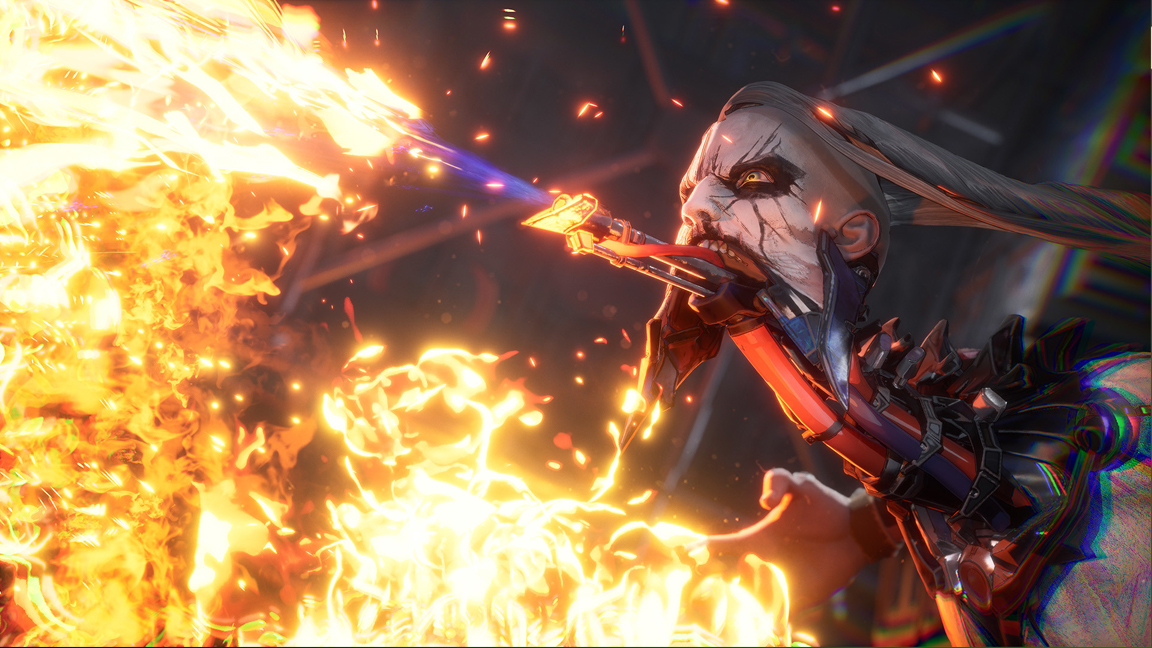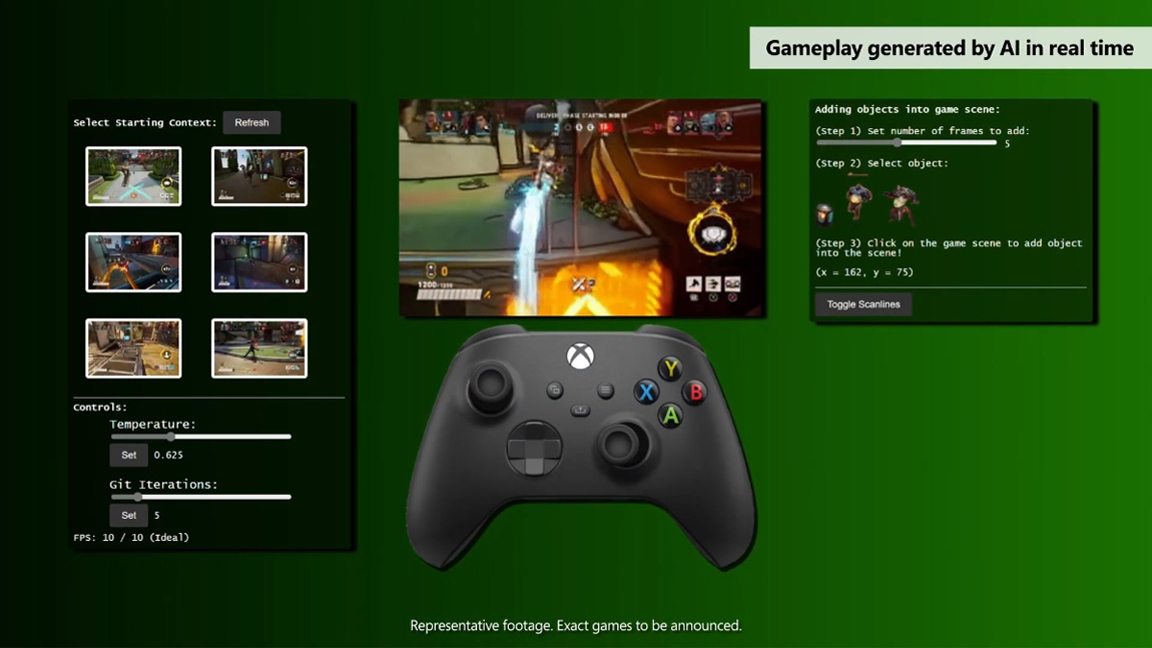
Muse is Microsoft's new generative AI for game development that promises to be a gameplay concept tool – it will ideate playable ideas, building game visuals, controller inputs and more. It sounds groundbreaking but Muse feels like a tech experiment rather than the game development revolution Microsoft is pitching.
Unlike some generative AI models for game devs, like Tencent's GameGen-O that promises to be a AI game engine and creator platform, Muse isn't pitched as a replacement for the traditional game dev pipeline. Instead, it can 'extend' a gameplay demo with an AI-created simulation, for a few seconds.
Co-developed with Ninja Theory, the same team that has pioneered mocap and the use of Unreal Engine's MetaHuman on games such as Senua's Saga: Hellblade II, Muse's standout feature is the ability to duplicate in-game props and enemies. The trick is, Muse analyses the vast game data and these copied assets feature the object's animation, design and interactive functions.
Microsoft's Muse AI revealed
Muse is built to understand how game engines and interactive objects work, ensuring dev teams can A developer generate 3D game environments that respond to actions – it sounds like a speedy way to iterate on a prototype, hone gameplay ideas and mechanics, and even remake retro games onto new engines. (Read more on the Microsoft blog.)
We've seen similar AI driven tech, for example Nvidia RTX Remix enables artists to capture and remake game assets, updating them with AI-enhanced textures. The difference is in scope, Muse teases the ability to recreate a world and its actions, though it comes at a huge cost. Muse was trained using a cluster of 100 Nvidia H100 GPUs, leveraging around 1 million training updates to stretch one second of gameplay into an additional nine seconds of AI-simulated action.
Ninja Theory used its Xbox game Bleeding Edge as the basis for its experiment. The AI model learned from this existing multiplayer gameplay footage, meaning it isn’t conjuring mechanics from scratch but rather extrapolating based on real in-game moments. The output is rendered at 300x180 pixels, meaning it's not a final use-case, but it can be used to internally test ideas.

To this end, Microsoft is pitching its AI as a companion, not a replacement of human creativity; a tool to aid traditional game design not replace it. In this context Muse joins a long list of generative AI experiments that have small real world uses. While it's fascinating to see a new AI tool emerge that can mimic ideas already in play, Muse feels like another AI looking for a purpose.
Of course, this is all early days. And the need to open up game development can only be a good thing, it's why the best game development software like Unity and Unreal Engine have been adopting more visual scripting processes, and why no-code game dev apps like Godot and GameMaker are become more popular (read our best no-code game dev engines guide for more).
Could future versions of Muse offer more compelling use cases? Possibly. Highly likely, even. But for now Ninja Theory's generative AI remains a proof of concept rather than a dev tool to shake up the industry.
What do you think of Muse? Is this the future of game development or another AI seeking a reason to exist? Let us know in the comments below.







